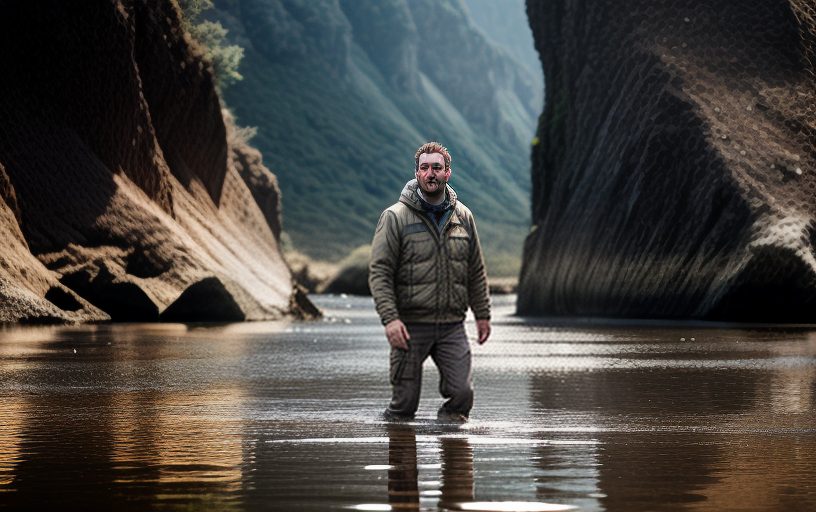In the heart of the wilderness, amidst the grandeur of nature’s untamed beauty, the essential resource for survival is not food, shelter, or even a trusty knife, but water. At “Fail Safe Survival,” we hold dear the principles of individual preparedness, resourcefulness, and reverence for the natural world.
This guide aims to equip you with the knowledge to secure water in a wilderness survival disaster, embodying the spirit of self-reliance and respect for the environment that defines the true outdoorsman.
1. Locating Water Sources
The first step in securing water in the wild is to find it. Look for signs of water in the landscape: lush green vegetation, animal tracks converging, or the sound of flowing streams.
Remember, water flows downhill, so check valleys and low-lying areas. Springs, rivers, and lakes are obvious sources, but dew and rainfall can be vital in drier climates. In aligning with conservative values, respect the natural habitat by minimizing your impact when accessing these water sources.
2. Collecting Dew and Rainwater
Nature’s generosity is apparent in the morning dew and the rainfall, gifts that a survivor must not overlook. Fabric or clothing can be used to absorb dew from grass and plants, then wrung out into a container. Similarly, setting up a rainwater collection system using tarps or ponchos can provide a significant water supply.
These methods reflect the innovative spirit and respect for nature’s bounty that have long underpinned rural and conservative lifestyles.
3. Water from Plants and Trees
In environments where water seems scarce, the flora around can be a hidden reservoir. Techniques such as “transpiration bags” (tying a clear plastic bag around a leafy branch) can collect water from plant transpiration.
Certain plants, like cacti in desert areas, can also contain water, but knowledge and caution are necessary to avoid toxic species. This method underscores the conservative principle of utilizing every available resource efficiently and with gratitude.
4. Purification Methods
Finding water is only half the battle; ensuring its safety for consumption is equally critical. Boiling is the most effective and straightforward method to purify water, killing pathogens without the need for chemical treatments.
Alternatively, water filters and purification tablets are lightweight, practical solutions for a survival kit. These purification methods are emblematic of the prepared, prudent mindset advocated by “Fail Safe Survival.”
5. Storage and Conservation
Once you’ve secured water, conserving it becomes paramount. Use water sparingly, prioritizing hydration over cleaning. Store water in clean containers, away from direct sunlight, and cover it to prevent contamination.
In line with conservative values, being judicious with your water usage reflects a broader respect for scarce resources and the principles of stewardship and thrift.
6. Avoiding Contamination
Prevent water contamination by keeping your campsite, waste, and toiletries away from your water source. Contamination not only jeopardizes your own health but also harms the surrounding ecosystem.
This respect for the environment mirrors conservative respect for tradition and the land, emphasizing the importance of leaving natural sites as you found them for future generations to enjoy.
In Conclusion
Securing water in a wilderness survival situation is a profound expression of the human will to endure and the deep connection we share with the natural world.
By applying these strategies with wisdom and respect, you uphold the values of self-reliance, resourcefulness, and stewardship that are hallmarks of both survival and conservative philosophy.
In the wild, as in life, preparation, and respect for nature and our resources lead to prosperity and safety. Stay vigilant, stay prepared, and treasure every drop—water is life.

